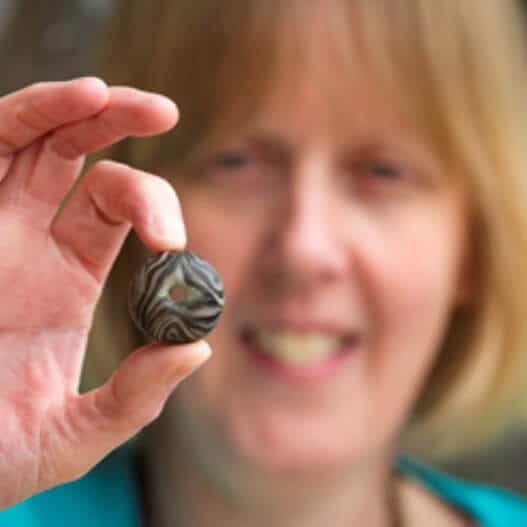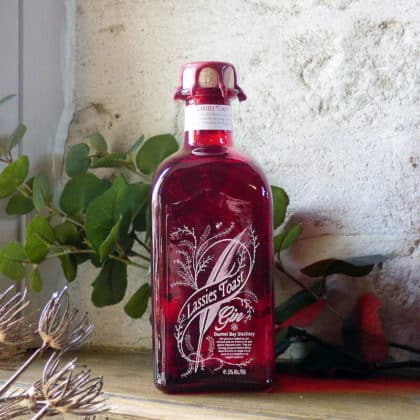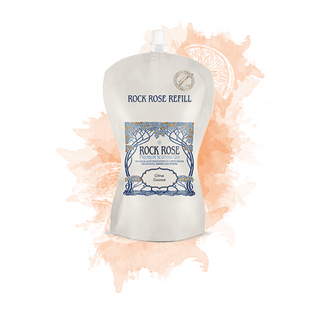Wild thyme (Thymus polytrichus)also known as ‘creeping thyme’ is by far the most widespread and abundant of the thyme species. The botanical is a low-growing plant and a member of the mint family (Lamiaceae).
Wild thyme with its tiny leaves, familiar from folk songs, grows on Scottish heaths, moors, and dunes. The botanical is also occasionally found growing in drystone walls in Scotland. Wild thyme is common and widespread throughout the UK and Ireland, and is also widely distributed throughout mainland Europe.
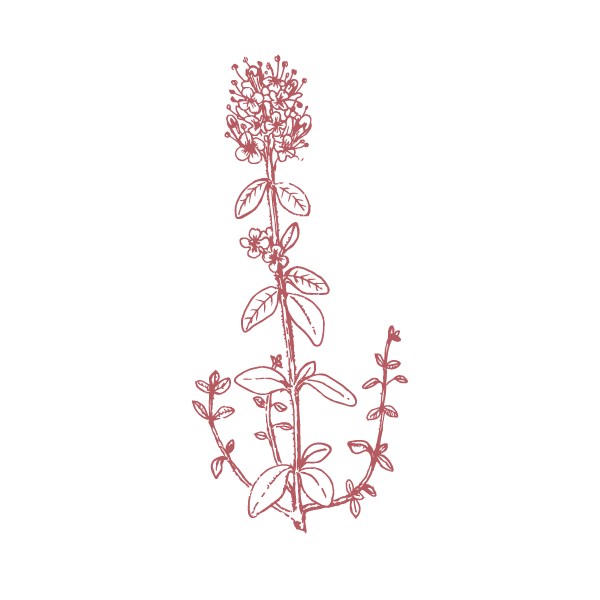
Wild thyme has square stems that are hairy on two sides, and small, deep green, oval shaped leaves which grow in pairs along the stems. The botanical has tiny, pink-purple flowers which grow up to 5 millimetres across. Wild thyme flowers appear in densely packed bunches between May and June. Bees are especially fond of wild thyme flowers, from which they extract much nectar.
Medicine ‘Thyme’
There is some debate about the origin of the word, thyme. Some scholars argue it comes from the Greek word, ‘thymos’, meaning perfume as the leaves of the botanical are very fragrant and aromatic. Other scholars argue the name comes from the Greek word, ‘thumos’, which means courage and during the Medieval period, wild thyme was thought to have been an emblem of courage and bravery. In the Highlands in the past people believed that wild thyme was associated with love and death. Young girls would wear sprigs of thyme, lavender, and mint to bring them sweethearts; but it was also one of the fragrant botanicals planted on Highlanders graves.
The distinctive flavour of wild thyme comes from the chemical thymol, which has proven anti-bacterial and anti-fungal properties. Wild thyme has been used in herbal medicine for centuries to treat many ailments including breathing problems; bronchitis; swollen airways; kidney and bladder disorders; to improve blood circulation; to lower cholesterol; to treat intestinal gas and colic; improve sleep; to stimulate the immune system, and to treat infections.
The Romans used a wild thyme infusion or tea to treat melancholy and nervous disorders. The English Herbalist Nicholas Culpeper (18th October 1616 – 10th January 1654), in his book the Complete Herbal (1653), notes that a strong infusion of wild thyme, drunk as a tea, was a pleasant and very effectual remedy for a headache and giddiness, and a remedy for the prevention of nightmares. The botanical can also be applied directly to the skin to kill germs, and to treat arthritis, eczema, sprains, and wounds.
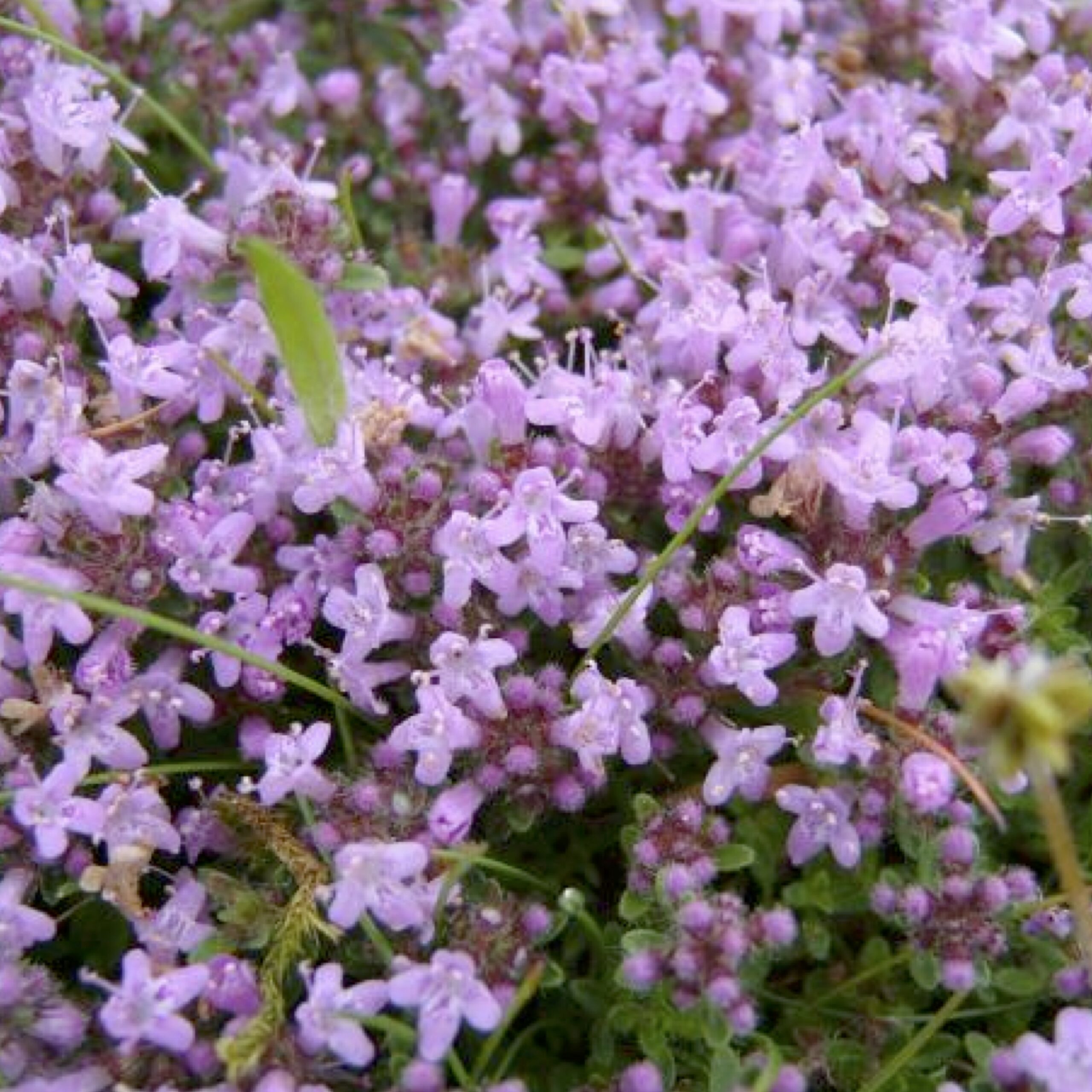
‘Thyme’ to enjoy
The thyme used in cooking is usually the Mediterranean herb, Thymus vulgaris. The botanical also goes particularly well with chicken and in Italian food.
Wild thyme is also great for flavouring oils and vinegars.
However, wild thyme has been used for centuries as a flavouring, especially for drinks. Wild thyme, bramble leaves, blaeberry leaves, dried heather tops, and wild strawberry were used to make the favourite moorland tea of Robert Burns (25th January 1759 – 21st July 1796), which was sweetened to taste with heather honey.
Our Lassies Toast Gin uses the botanicals Robert Burns used to make Moorland Tea and Wild Thyme adds a wonderfully heady herbal note to the spirit.


